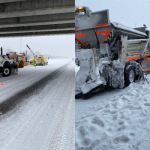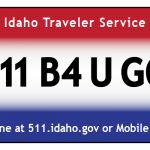POCATELLO – At approximately 6:30 pm on Tuesday a mud slide necessitated the closure of SH-36 between Ovid and Preston. Continued warming temperatures resulted in two more slides in the area. As of 2:30 pm Wednesday the highway remains closed north of Mink Creek.
ITD crews are working to clear ditch and culverts to help the spring runoff waters move away from the highway. However, the safety of the travelling public is the primary concern and the road will remain closed until engineers are confident the roadway is safe.
To travel between Preston and Montpelier motorists can detour via SH-34 and US-30.
As Idaho enters the late spring, this winter’s heavy precipitation in the Franklin, Caribou, and Bear Lake Counties presents a significant chance of flooding. Motorists need to be aware of local conditions and not drive through water running over the roadways.
To get the latest updates on road conditions and closures, please check 511.idaho.gov or download the 511 app.
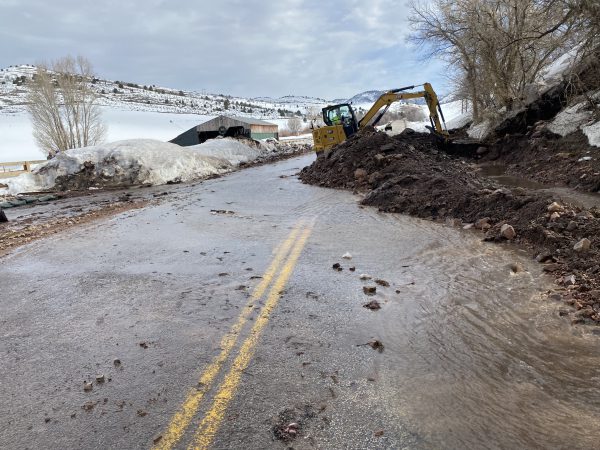
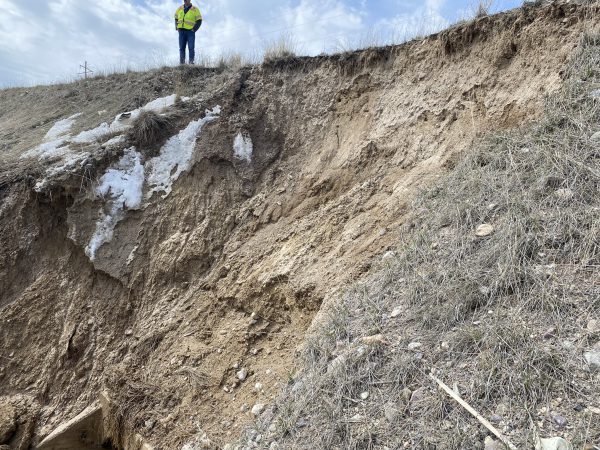
POCATELLO – On Monday April 17 the Idaho Transportation Department will begin night work to remove the westbound railroad bridge on I-86, just east of Chubbuck Exit 61. The bridge will be replaced with a wider bridge that will have three lanes. To avoid delaying railroad traffic during the day portions of the demolition will be done at night when fewer trains pass under the bridge. ITD expects the replacement of the railroad bridge to continue into early May.
The bridge replacement will necessitate changes in traffic patterns and increased noise. It is important that drivers slow down in the work zone and provide room for vehicles merging or preparing to take Exit 61 into Chubbuck.
There is no need to demolish the eastbound bridge which has already been widened to three lanes
POCATELLO – The recent snowstorm has delayed delivery of girders for the new I-15 bridge at the System Interchange in Pocatello. ITD planned to install the girders this weekend, but they could not be safely delivered to Pocatello in time. This means the planned lane closures for this weekend will also be delayed until all of the girders can be safely delivered to Pocatello. When that occurs, ITD will update the public.
To protect Idaho’s workers and other motorists, ITD asks those travelling on Idaho’s highways to follow work zone speed limits, be patient, and plan for extra time to travel to their destinations.
To learn more about the final design of the System Interchange citizens can watch this video: https://youtu.be/KRdVBAyXweA
POCATELLO – With the arrival of spring the Idaho Transportation Department is ramping-up construction at the System Interchange in Pocatello. As part of Governor Little’s “Leading Idaho” initiative, the System Interchange is being redesigned to replace aging bridges built in the 1960s and improve traffic safety.
While work at the interchange continued throughout the winter, in the coming week ITD’s contractor will be placing girders for the new I-15 northbound bridge. This will necessitate rolling slowdowns, delays, and short detours around the I-86 to I-15 ramp leading from Chubbuck toward Blackfoot.
Additionally, as work progresses into the first week of April the Chubbuck Road bridge will be demolished. This will be done in stages with traffic detoured through Chubbuck at night. The first closure will be for northbound traffic and the second for southbound I-15 traffic.
Other projects will also see ramped-up operations including the Fort Hall Interchange and bridge work on I-86. With unprecedented funding made available for construction, Idaho motorists will continue to see increased activity on Idaho’s highways.
To protect Idaho’s workers and other motorists, ITD asks those travelling on Idaho’s highways to follow work zone speed limits, be patient, and plan for extra time to travel to their destinations.
To learn more about the final design of the System Interchange citizens can watch this video https://youtu.be/KRdVBAyXweA
AMERICAN FALLS – The Idaho Transportation Department will host an informal drop-in meeting for the planned improvement of the Intersection of Pocatello Avenue and SH-39. Project staff will be on hand to answer questions on March 7 from 4:30-6:30 at the American Falls District Library, 308 Roosevelt Street.
ITD is planning to improve safety, traffic flow, and mobility at the intersection with a Continuous Green T design. The Green T will allow continuous movements everywhere except at the stop sign in the northbound lane of Pocatello Avenue.
While ITD initially considered a roundabout at the intersection, further review and community input resulted in a design change to a Green T which lessens the turning movements for most of the trucking traffic on SH-39. The design also makes it easier for large farm equipment to navigate the intersection.
The federally funded $3.25 million project is planned for 2025. During construction some lane closures will occur.
POCATELLO – Idaho Transportaion Department crews are currently working on the northbound bridge of I-15 just north of Blackfoot to repair the road surface following damage that occurred last night. The cause of the problem is still under investigation, but road breakup is common following cycles of warm and cold weather.
Traffic is down to one lane as crews begin repairs on the right lane. Tomorrow traffic will also be down to one lane to allow crews to perform preventative maintenance on the passing lane to ensure the problem does not spread.
Motorists should slow down as they approach the work zone and plan for some delays.

EAST IDAHO – The Idaho Transportation Department is working to address potholes created by rapidly changing temperatures this winter. Recent snows followed by warm temperatures allows water to enter through cracks in asphalt. When that water freezes at night it can result in potholes forming on the surface of Idaho’s highways and freeways.
While winter maintenance typically focuses on keeping roads clear of snow, crews are also repairing potholes on I-15, within the city of Idaho Falls, as well as in other areas of the region.
D5 operations engineer Greydon Wright says, “The biggest area that we have been fighting them are on I-15 between Exit 93 (Blackfoot) and the Blackfoot Rest Areas.”
Similarly, D6 operations engineer Bryan Young reports they have been hard at work as well, “This week we have received numerous comments about the potholes in Idaho Falls. The Idaho Falls Maintenance Shed has successfully repaired the major potholes and will continue to repair the roadways as more potholes appear.” However, Young points out that repairs are weather dependent. So, drivers must still pay attention to avoid hitting a rough piece of pavement.
Patching during the winter consists of using a “cold patch” that is intended to be a temporary solution. Crews will return in the summer to perform more permanent repairs as needed. In addition, ITD has several projects scheduled this year to address older pavement throughout the region.
So far this season across Idaho, drivers have caused eight crashes with snowplows. As more winter weather moves across the state, the Idaho Transportation Department (ITD) wants to remind drivers how to be safe around snowplows.
1. Never pass a plow on the right. Plows have a smaller wing plow that extends from the right side of the vehicle, which can be hard to see when the snow is flying. Drivers passing on the right and hitting the wing plow is the most common plow-related crash.
2. Give plows room to work and avoid their blind spots.
3. Be patient. The safest place to be is behind the plow.
4. Plows often work in tandem to clear multiple lanes. Never get in between the tandem plows.
5. If you are involved in a crash or stopped on the side of the road for any reason, please remain in your vehicle for your safety and for the safety of our plow operators.
The seventh and eighth crashes happened today in North Idaho, and both involved tandem plows. This morning on Interstate 90 in Coeur d’Alene, a driver got between two plows as they merged onto the highway. The driver then hit the brakes, forcing the second plow off the road to avoid a collision. Then around lunchtime on U.S. Highway 95 south of Athol, a driver passed the first plow on the left and then struck the second while trying to pass on the right.
Both plows are now out of service for the current storm.
“This issue affects everyone, not just the people involved in the crash. Every plow that is hit causes a domino effect making conditions worse,” said Operations Foreman Shannon Thornton. “There are fewer plows on the road to deal with the snow that is still falling, and our crews have to spend precious time recovering equipment instead of plowing.”
Last winter, there were 11 plow strikes, an increase from years past and a number that ITD does not want to repeat. Please be careful driving and mindful of our plows. Check 511.idaho.gov or the Idaho 511 App for road conditions before traveling. For more winter driving tips, visit itd.idaho.gov/travel.
*For real-time updates on plow strikes, visit ITD’s Facebook or Twitter pages.
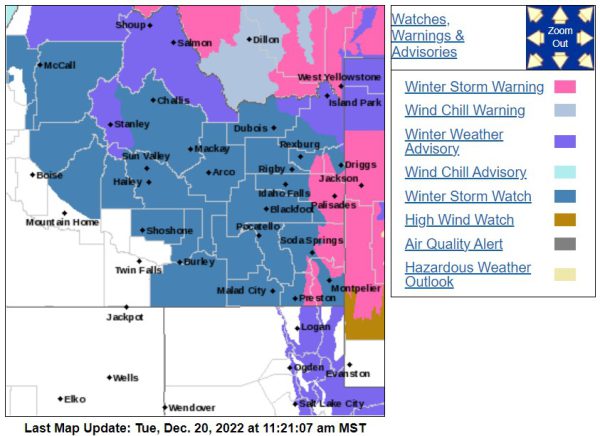 RIGBY – With a severe winter storm predicted by the National Weather Service (https://www.weather.gov/pih/), the Idaho Transportation Department in East Idaho reminds drivers to take precautions in case roads close or motorists become stranded. Extreme cold temperatures, snow, and wind can make for a dangerous combination.
RIGBY – With a severe winter storm predicted by the National Weather Service (https://www.weather.gov/pih/), the Idaho Transportation Department in East Idaho reminds drivers to take precautions in case roads close or motorists become stranded. Extreme cold temperatures, snow, and wind can make for a dangerous combination.
“We do everything we can to keep roads open,” said Bryan Young, D6 Operations Engineer. “However, we also have to consider the safety of the traveling public and our crews.”
ITD asks the public to think ahead and determine whether a trip can be delayed or avoided during winter storms. Check 511.idaho.gov or the 511 app to learn if roads are closed and to view conditions. If you are driving, be careful to leave extra distance between vehicles, never pass a snowplow on the right, and pay close attention to changing conditions.
Other safety tips include: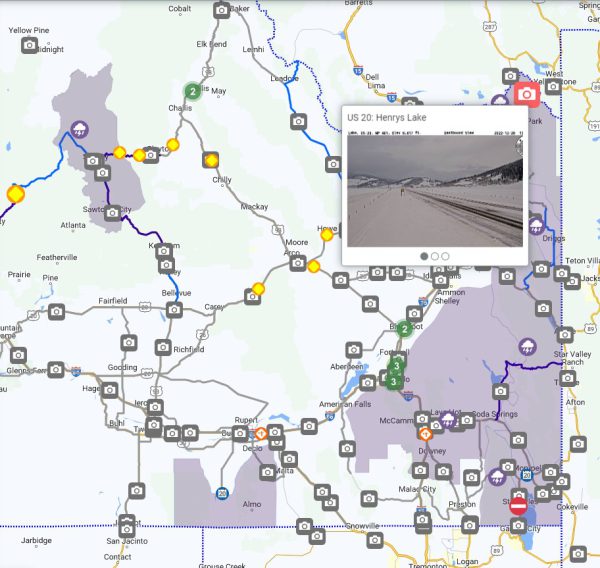
- Keep survival supplies in your vehicle: blankets, flashlight, water, and food.
- Fill your vehicle’s gas tank before leaving.
- Be sure your car is well-maintained with fluids at proper levels, tires properly inflated, wipers, brakes, and battery are all in good condition.
- Dress appropriately for cold weather: heavy coat, boots, gloves, and have extra socks.
- Prepare to self-rescue if your vehicle is stuck by having: a shovel, kitty litter, tire chains.
- Inform others of when you are leaving, what route you are taking, and what time you expect to arrive.
- Ensure your cell phone is charged before leaving.
- If your vehicle becomes stuck, check to be sure the tail pipe is clear so exhaust fumes do not build up in the cabin.
- Crack a window to avoid carbon monoxide build-up and only run your vehicle for 10 minutes per hour to keep the cabin warm.



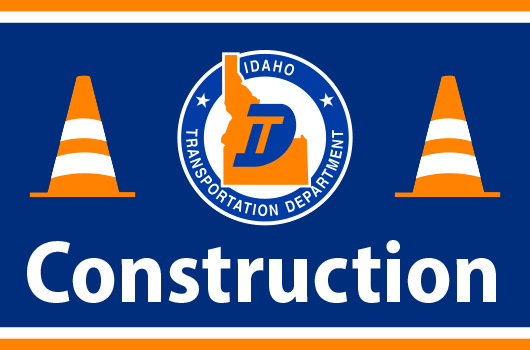
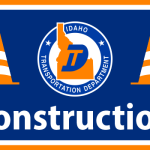

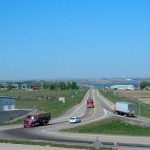
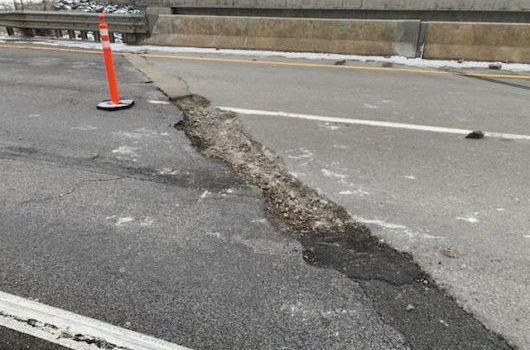
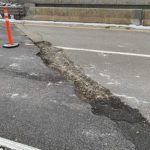
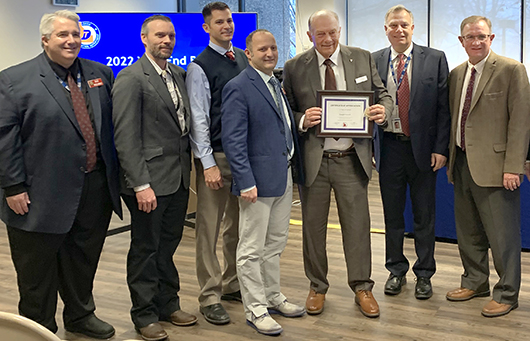


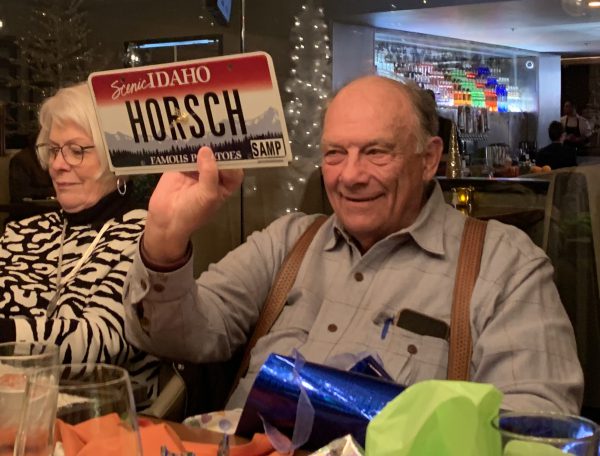 What I Will Miss
What I Will Miss

